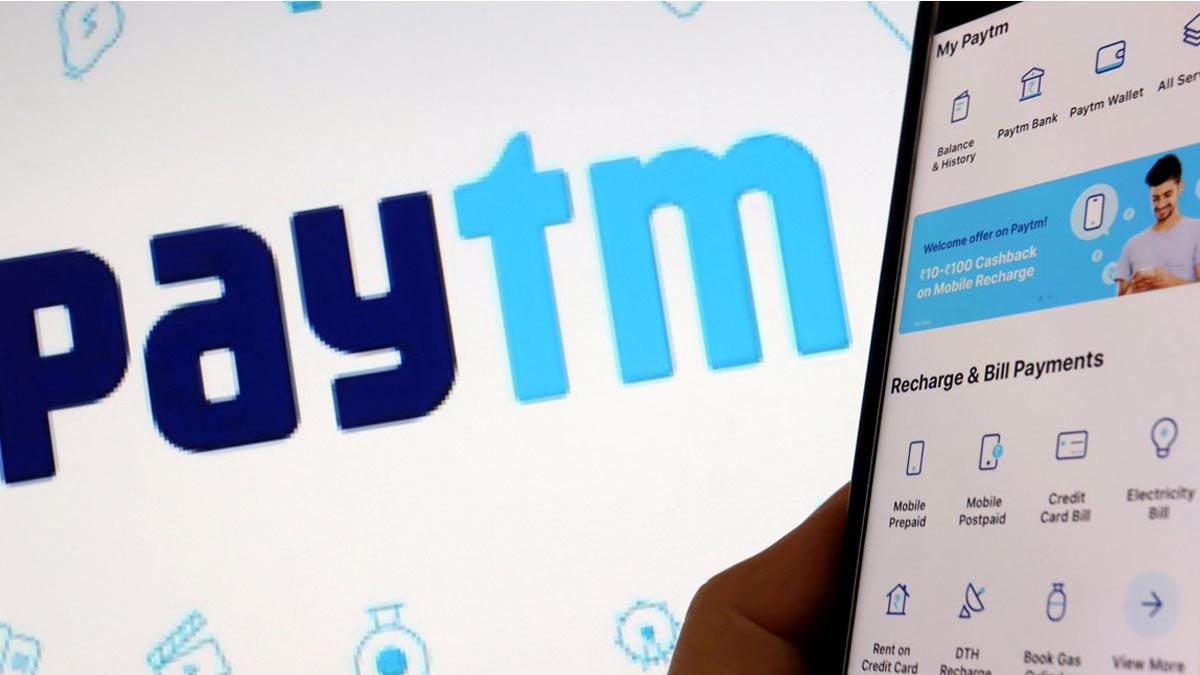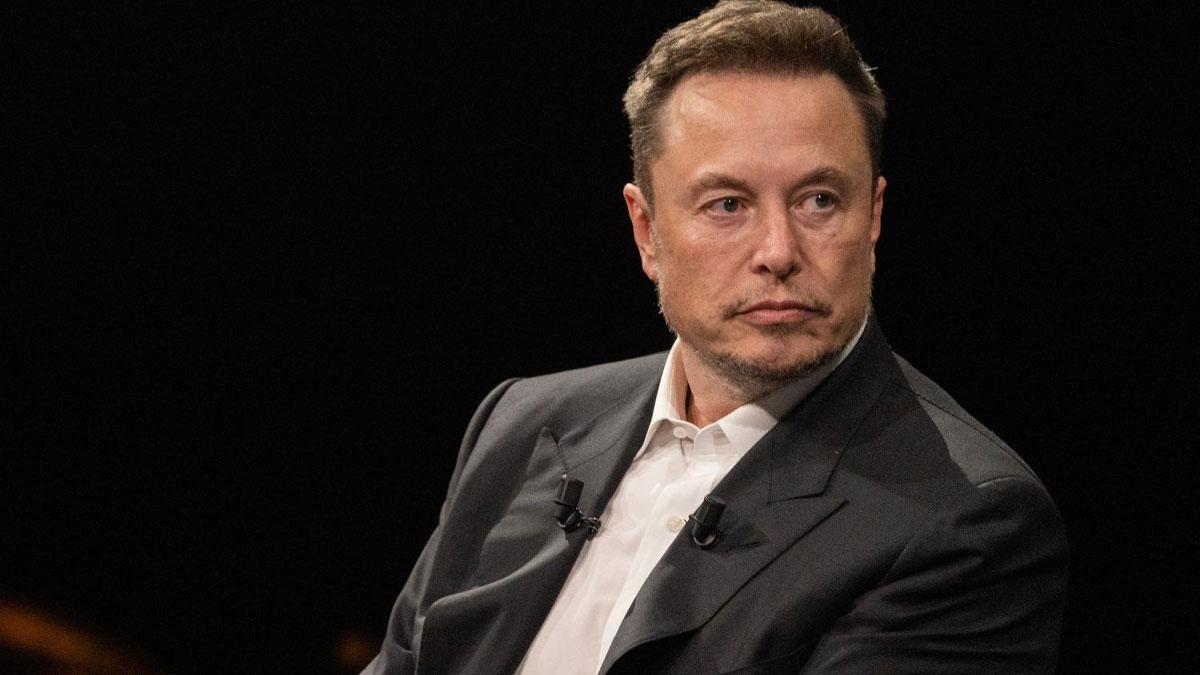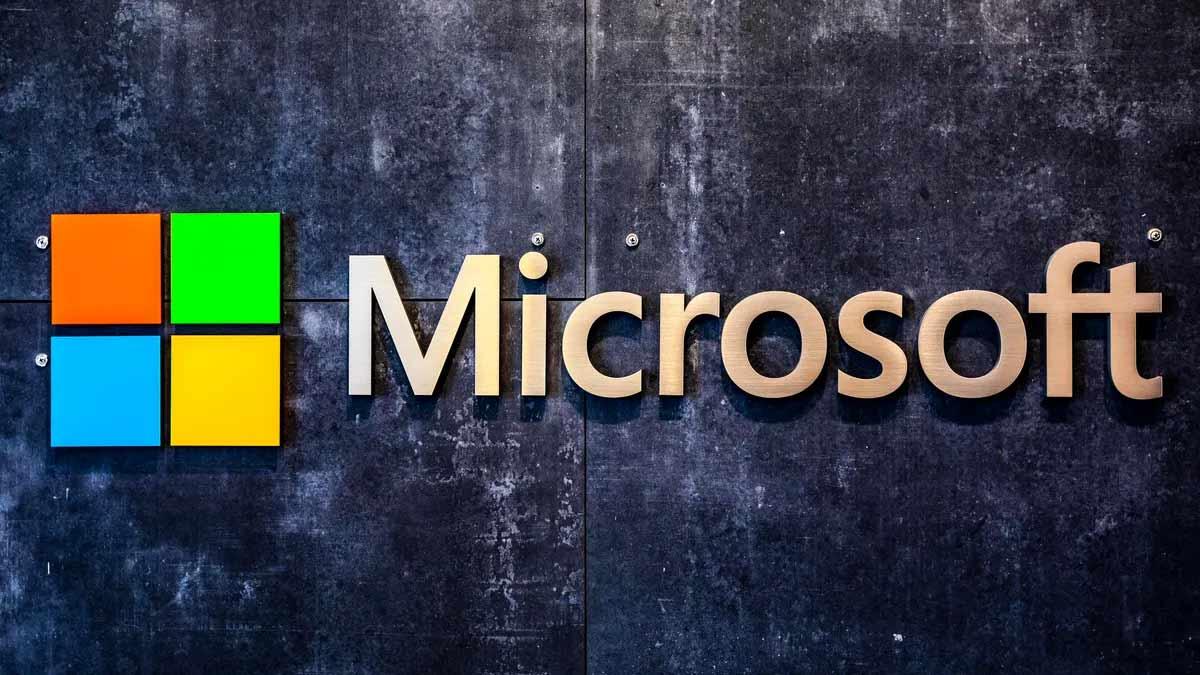Paytm, the leader in payment and financial services, has witnessed some positive trends of recovery and strong signs of stabilization in its Unified Payments Interface (UPI) business, which is a significant turnaround for the company.
The total value of UPI transactions done through the Paytm platform touched Rs 1.24 trillion in May. The strong growth has been a result of user-centric launches, like Credit Card on UPI, and the promotion of UPI Lite.
The platform's total transactions stabilized at 1.14 billion, registering an increase in May. The Paytm entity, since it became a Third-Party Application Provider (TPAP) in March, continues to be the third largest player when it comes to market share. It has also continued to lead in the peer-to-merchant (P2M) UPI transactions, thanks to the wide merchant network it has.
Incidentally, it is Paytm alone, an Indian entity, the lead and majority ownership of which is Indian, and that is competing with the monopoly of Google Pay and the might of Walmart, the majority owner and promoter of PhonePe.
The month of May 2024 came with a lot of glory for UPI; there were almost 14 billion transactions, marking a phenomenal increase of 49% over the same month last year. The amount transacted hit Rs 20.45 trillion, the highest since its inception in 2016. This surge is a reflection of India's inclination towards digital payments by consumers and businesses alike.
Paytm has become aggressive regarding UPI, partnering with leading banks like Axis Bank, HDFC Bank, State Bank of India (SBI), and YES Bank to expand its UPI ecosystem.
In terms of revenues, Paytm believes that it's a way of 'de-risking' its model. Payment options like UPI Lite, which have been introduced on the platform, guarantee payments without fail, ensuring reduced payment failure. Especially for a user who has several small transactions like groceries, parking, or daily commute, UPI Lite will declutter bank statements to provide a crisp overview of financials.
During the financial year 2024, Paytm received UPI incentives of Rs 288 crore, which was reported in Q4 FY24 in comparison to Rs 182 crore in FY 2023, reported in Q4 FY23, that is consistently growing year on year in the infrastructure of the payment system.
The impressive growth of digital payments in India underlines this key transition driven by the government and, more importantly, a significant change in consumer behavior towards cashless payments.
Read also | ChatGPT suffers global outage, OpenAI trying to fix it
Read also | Google's Acquisition of Cameyo: Expanding Windows App Accessibility on ChromeOS


















